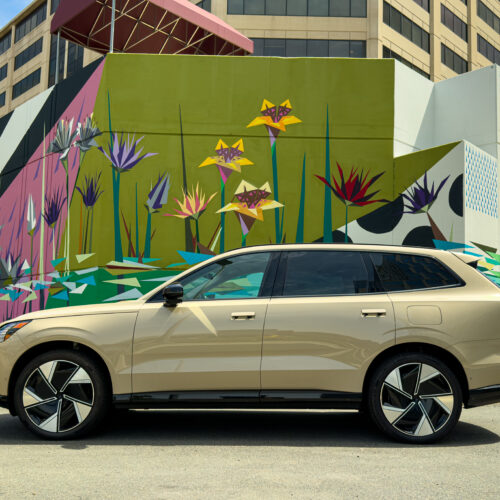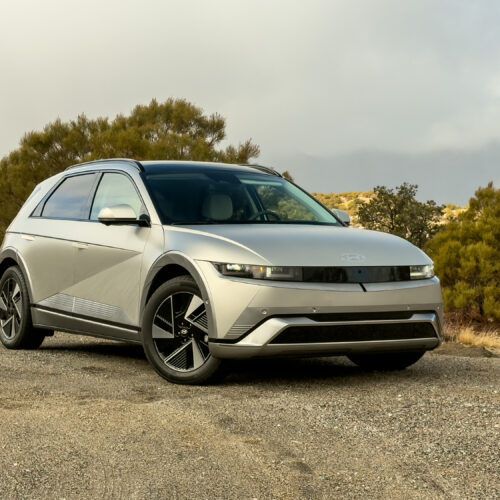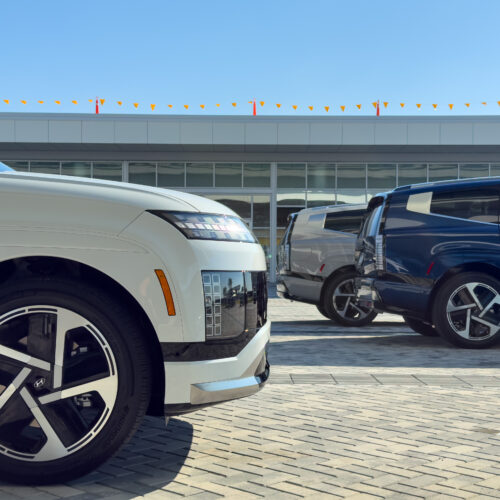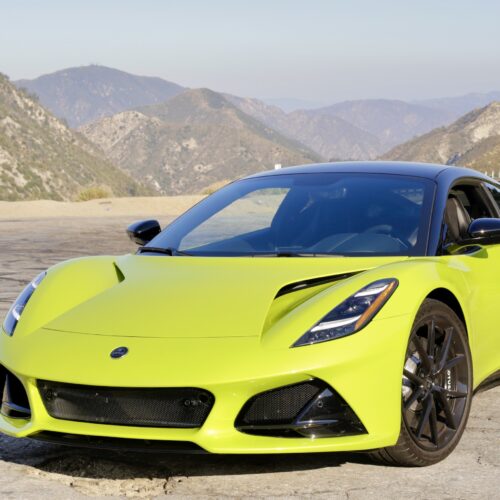You don’t get some of the same bells and whistles as in a German or Asian luxury car, but the seat massager beats any of them. And Volvo’s interior design is top-notch. Jonathan Gitlin
Integration of the lidar sensor into Volvo’s suite of active safety systems and advanced driver assistance systems was a case of patching it in the field—the sensors were installed but not active when we drove EX90s briefly in September. They’re functional now, as some owners have found to their phones’ detriment. The lidar’s emissions are eye-safe, but they aren’t quite as gentle on the sensitive parts of digital cameras, so don’t go pointing one at an EX90’s lidar hump if that EX90 is turned on.
The lidar is fixed, not like the spinning pucks you might see on one of Waymo’s autonomous robotaxis, and it contributes a long-range forward view that the car’s computer brain fuses together with input from cameras, radar, and ultrasonic sensors. Volvo’s active safety systems can be notoriously overeager to sound the alarm—in the case of crash avoidance, a false positive is generally preferable to a false negative—but this EX90 was one of the more chill Volvos I’ve driven in that regard. I’m not sure it ever freaked out once when spotting a curb while I was backing into a parking space, unlike some other cars from the brand that I’ve driven lately.
The exterior vibes might give off school bus or London cab vibes, but from the inside, this big, beige SUV is indeed low-key luxurious, as the kids might say. The base EX90 is already well-equipped, but our test car was the $85,640 Ultra trim, which adds things like air suspension and massaging front seats. I’ve previously praised Volvo’s seat massaging tech, which seems to put other OEMs to shame, and the air suspension benefits the ride, so both are welcome additions.
The Bowers and Wilkins sound system is a separate $3,200 option, and it sounds rather good. The urge to drive around slowly with the windows down and the volume cranked (but with something suitably beige Volvo-ish playing on the sound system) was hard to fight on a warm spring afternoon.
You can also pay $5,000 to increase the EX90’s output from the standard twin motor’s 402 hp (300 kW) to 510 hp (380 kW). That shaves a second off the 0–60 time (from 5.7 to 4.7 seconds), but the range remains unchanged at 310 miles (498 km) when fitted with 21-inch wheels, or 300 miles (482 km) when fitted with 22-inch wheels. The performance upgrade is probably a box that doesn’t need ticking. Modern air suspension can make up for all manner of weight gain, but you’re always aware you’re driving something big and heavy, even if the rear torque vectoring makes the vehicle rather nimble.




